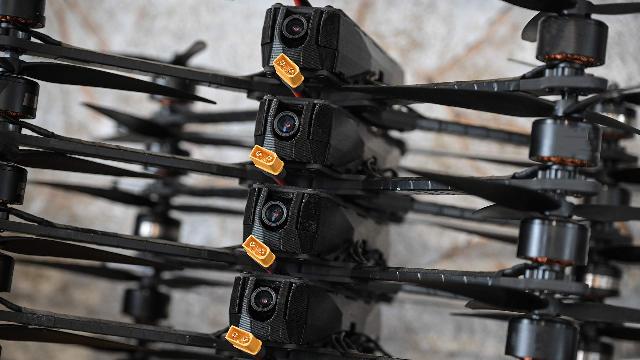And what classes of UAVs are already used on the battlefield today?
Drone attacks on the regions bordering Ukraine and the Moscow region continue. Experts note that drones have become a massive weapon for strikes in the deep rear and at the forefront of a special military operation and are used everywhere. What classes of devices are used by the parties to the Ukrainian conflict, what combat capabilities they have and which traditional weapons systems can replace — in the Izvestia material.
Short-range drones
These are micro and just small flying drones. The size of such devices ranges from a few centimeters to about 1 m. The range ranges from tens of meters to 15-20 km. These are mainly vertical take—off and rotorcraft - copters. But, of course, in this group there may also be small aircraft-type drones or tiltrotor planes (take-off and landing like a helicopter, but flying on the march like an airplane). This is where high-tech microdrons should be attributed, launched by intelligence officers or special operations forces personnel from hand to inspect premises.
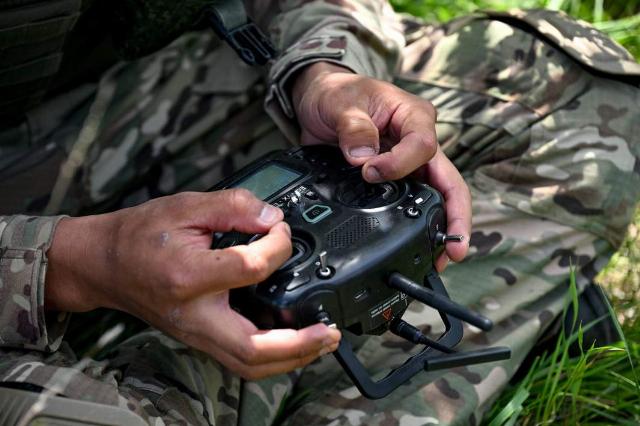
Photo: RIA Novosti/Konstantin Mikhalchevsky
Image source: iz.ru
The most common devices in this class will be devices like the legendary DJI Mavic modified for military purposes. This also includes a huge number of different FPV drones. The younger model of the American Switchblade kamikaze drones with a range of 10 km also falls here. It is in this class that, apparently, it will be possible to see the use of drones in large groups or swarms in the coming years.
The main types of such drones in terms of their functions are: reconnaissance, surveillance, a strike vehicle (kamikaze drone), a carrier of submunitions ("bomber") or even a carrier of other drones, and a relatively new function - a radio repeater for other UAVs.
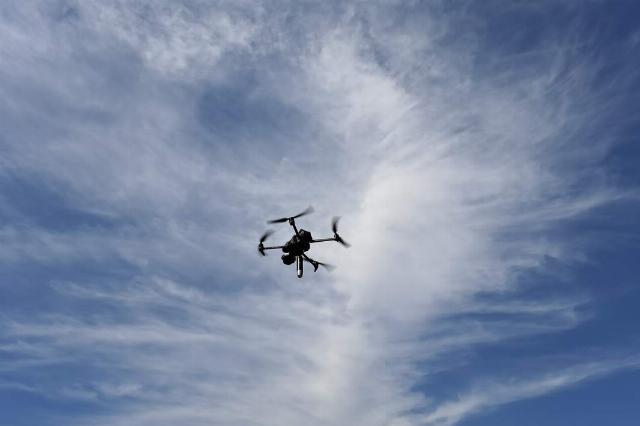
Photo: IZVESTIA/Dmitry Astrakhan
Image source: iz.ru
In the last couple of years, such drones have seriously competed with traditional means of destruction, such as anti-tank missile systems, mortars, and hand-held grenade launchers. With modern night vision devices at its disposal, the unit can no longer go on reconnaissance, but fly around the desired area. Bomber drones have generally become a new class of small aircraft — the ground forces have thus received their own aviation support.
Tactical drones
Drones with a range from 15-20 km to 300-500 km. This is already the zone of dominance of aircraft-type vehicles, and most often you can already find abbreviations for UAS (unmanned aerial system) and UAV (unmanned aerial vehicle). The size of such drones ranges from 1-2 m to 3-5 m in length or wingspan. Such devices can already perform relatively long flights and can have a very significant payload.
According to the tasks being solved, these are mainly reconnaissance and monitoring devices — the ones that provide surveillance of the battlefield, including with the ability to use some kind of weapons system. This also includes a large number of battlefield kamikaze drones, such as the Russian Lancets, which performed well in counter-battery warfare.
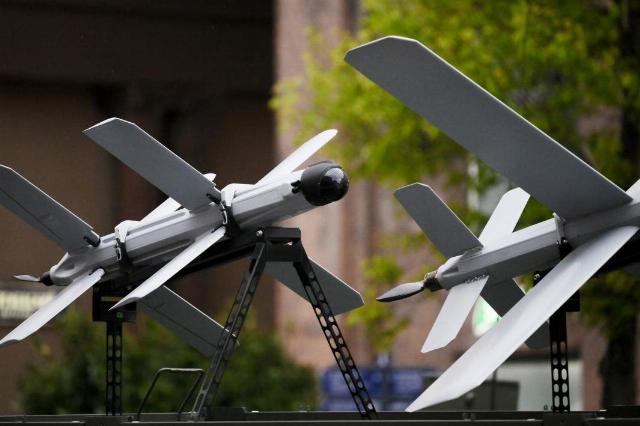
The Lancet kamikaze UAV
Image source: Photo: RIA Novosti/Evgeny Biyatov
It is also necessary to mention our "Eagles", which ensure both the operation of artillery and, in general, control of what is happening in the area of responsibility of the advanced units. The addition and even replacement of artillery units and reconnaissance units at the regimental and, perhaps, even higher levels with similar drones can be considered a fait accompli. Helicopter—type transport drones (for example, the BAS-200) and aircraft with vertical takeoff and landing can be considered a new type here. Such devices can deliver ammunition, medicines, water and other goods.
Operational and tactical drones
These are drones that belong to the class of vehicles with an average flight range, but with the ability to stay in the air for a long time. The size of such devices is comparable to the size of classic airplanes and helicopters. The flight range is from 500 to 2 thousand km. These are devices that carry out long-range reconnaissance and perform reconnaissance and strike functions.
The most striking examples are our Orion and the Turkish Bayraktar TB2 spacecraft. Such drones actually operate in the field of front-line aviation and can completely replace it in conditions of suppressed enemy air defense. They can carry bombs and missiles and deliver precision strikes against their own targets. A universal weapon.
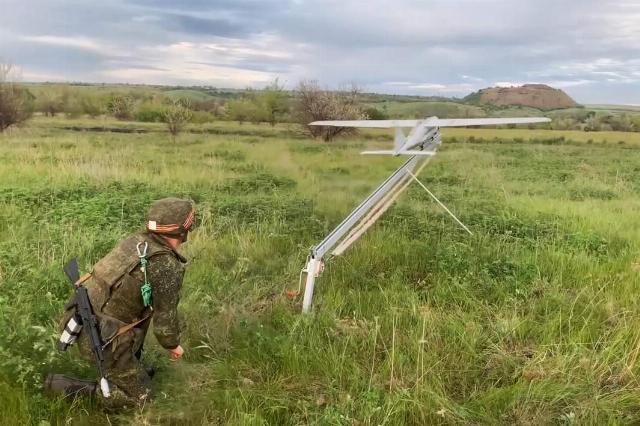
Launch of the Orion unmanned aerial vehicle
Image source: Photo: RIA Novosti/Ministry of Defense of the Russian Federation
This also includes long-range kamikaze drones. On our side, these are devices of the "Geranium" type. If we talk about the Armed Forces of Ukraine, then there is a whole zoo of various "beavers" and "foxes" in this class, including converted light aircraft.
Strategic drones
This is mainly reconnaissance, but reconnaissance can be combined with the performance of strike missions. The most prominent representatives are drones of overseas partners — RQ—4 Global Hawk, MQ-9 Reaper and the like. These drones have almost completely replaced conventional strategic reconnaissance aircraft.
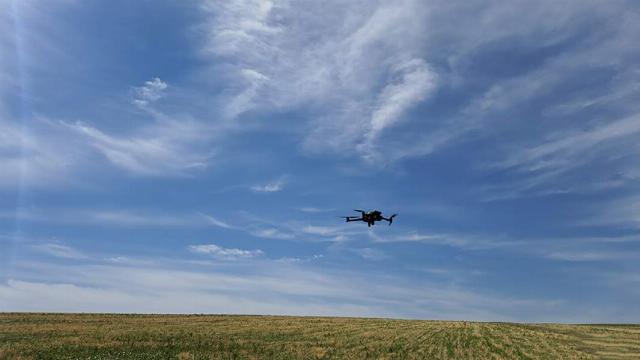
Photo: IZVESTIA/Dmitry Astrakhan
Image source: iz.ru
Such UAVs compete with satellite intelligence, or rather, harmoniously complement it. And they can also strike. If they are also equipped with their own fighters and anti-missiles, they will also be able to fight the aircraft and air defense of a potential enemy. And then the fighting can finally become unmanned. This is likely to be the case in the not-too-distant future. By the way, it is in this class that heavy drones carrying other drones are about to appear.
New UAVs are constantly appearing. They are transforming military operations by replacing expensive traditional systems — airplanes, missiles — and providing mass, precision, and autonomy. In the future, their role will only grow, especially with the development of artificial intelligence and the use of drone swarm control technologies.
Dmitry Kornev
Andrey Fedorov
